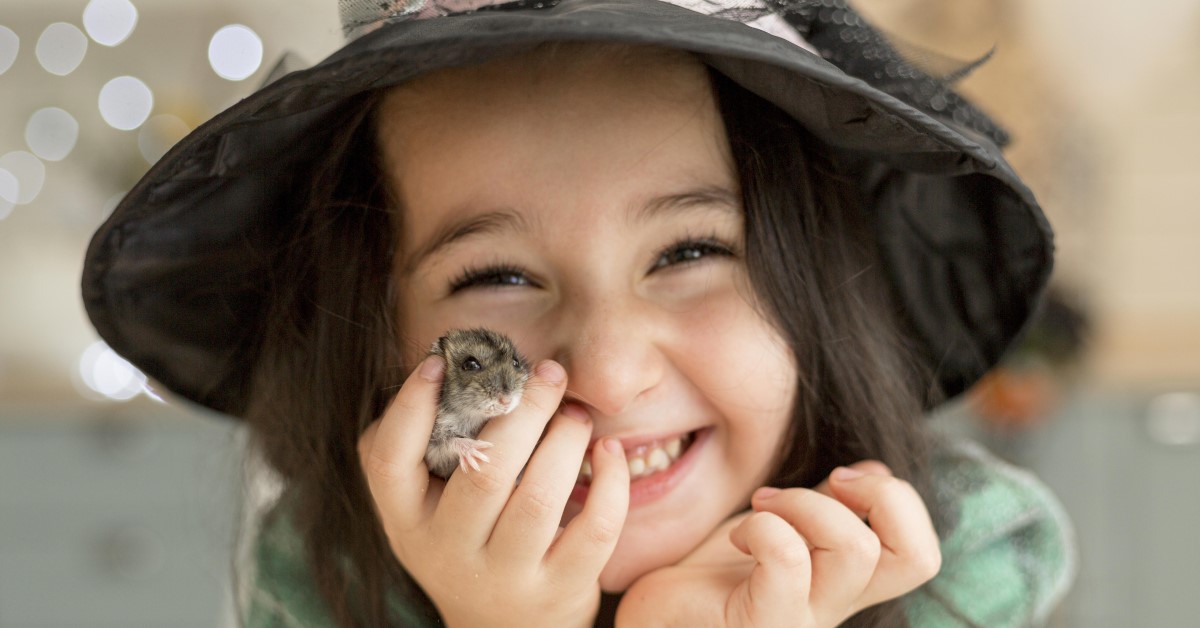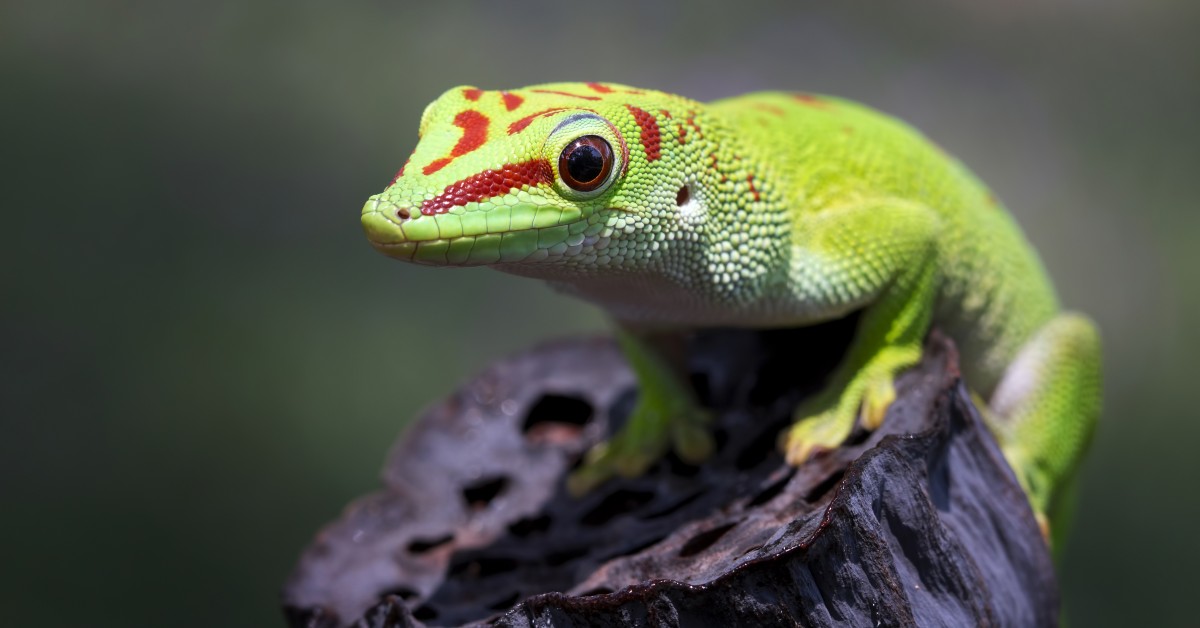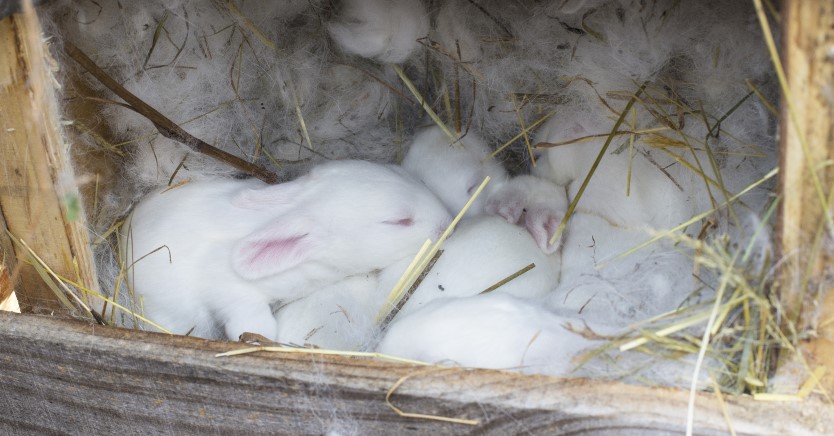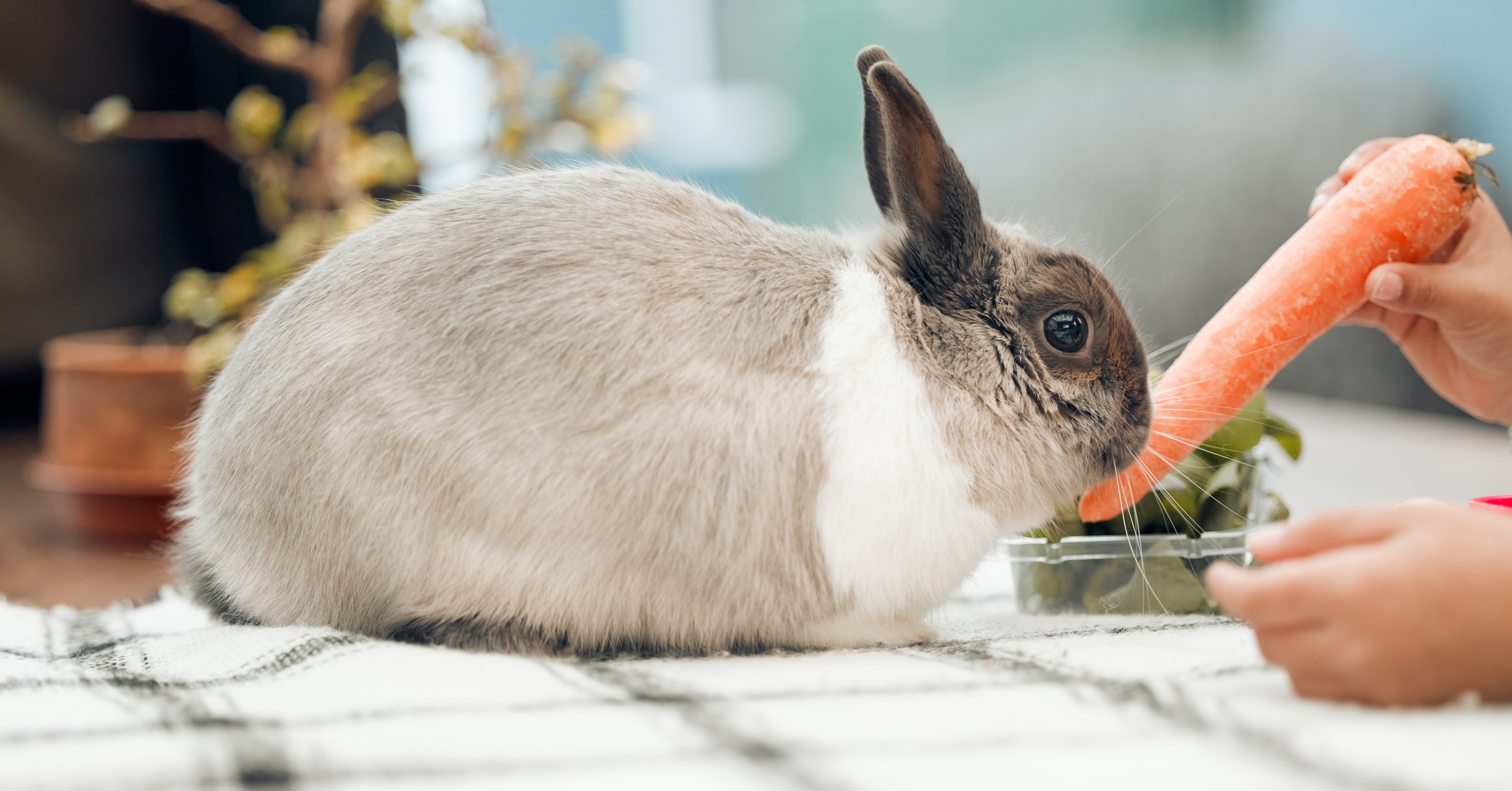Hamster Breeds: Which Is Right for Me?
Several species of hamsters are commonly kept as pets and can be friendly, furry friends with proper care and socialization.

Hamsters are popular “starter pets,” known for their stout bodies, small eyes, and silky coats. These adorable rodents are relatively easy to care for and can be pretty friendly with proper socialization. Hamsters are nocturnal, meaning they naturally sleep more during the day and are active at night. However, that doesn’t mean they can’t be great companions. These fascinating creatures are fun to watch, don’t take up much space, and can be found in many colors. Before bringing home a little bundle of fluff, familiarize yourself with the different types of hamster breeds.
Most Common Hamster Breeds Kept as Pets
If you’re thinking about getting a pet hamster, know that you have a variety of options. There are 24 species of hamsters, but only a handful can be kept safely as pets. Some of the most common hamster breeds kept as pets include the following:
-
Syrian Hamster
The Syrian Hamster, also known as the Golden Hamster, is among the most popular hamsters kept as pets. Syrian hamsters are often tame, affectionate, and friendly, making them a common choice among families. They grow to about 5 to 7 inches long and weigh a mere 4 to 8 ounces. Wild Syrian hamsters are native to Syria and Turkey and can be found in various colors, with the most common being golden brown with a white or cream underside.
Syrian hamsters with long hair are known as “teddy bear” hamsters and feature a trademark skirt of fur on either side of the tail. These rodents are territorial and will often fight other hamsters once they have reached maturity or around 8 to 12 weeks. For this reason, Syrian hamsters should never be kept in pairs or groups once mature. Syrian hamsters are very active and have fun personalities. If handled and raised properly, a Syrian hamster can be a great friend.
-
Chinese Hamster
Also known as Chinese dwarf hamsters or Chinese striped hamsters, Chinese hamsters are native to China and Mongolia and have a life expectancy of two to three years. They grow to be about 3 to 5 inches in length and weigh just 1 to 2 ounces. Compared to the body proportions of other hamsters, Chinese hamsters appear long and thin and have relatively long tails.
Chinese hamsters are easily handled and have a quiet temperament. You will often find that they enjoy clinging to your finger or burrowing in their habitat. This type of Hamster has massive internal cheek pouches that they use to collect large quantities of food. They are also excellent climbers and enjoy playing in safe enclosures or exercise balls. While small, Chinese hamsters require a large enclosure with lots of airflow and tunnels.
-
Dwarf Campbell Russian Hamster
The dwarf Campbell Russian hamster is a round-bodied rodent and among the fastest of hamsters. This unique species gets its name from Charles William Campbell, the first Westerner to capture one in 1900. Dwarf Campbell Russian hamsters can make excellent pets, but they can nip when they feel scared or threatened.
Unlike Syrian hamsters, dwarf Campbell Russian hamsters are social with other species and can be kept in same-sex pairs or groups. An aquarium with a well-ventilated top is the best habitat for this type of Hamster as their small bodies can squeeze through the bottom of standard wire hamster cages.
-
Dwarf Winter White Russian Hamster
Dwarf winter white Russian hamsters are known to be small and cuddly, making them great pets. As adults, these hamsters reach an average length of 3 to 4 inches and have a life expectancy of 1 to 3 years. Similar to dwarf Campbell Russian hamsters, dwarf winter white Russian hamsters are social with other species, especially when introduced at a young age.
These active mini hamsters require plenty of exercise to stay healthy and content. Provide a thick layer of bedding to stay warm and allow your Hamster to burrow. Add climbing structures, tubes, and an exercise wheel. A nesting box or small house within the habitat gives your Hamster a safe place to sleep. Like other hamsters, this breed enjoys both pelleted food and fresh foods, including fruits and vegetables.
-
Dwarf Roborovski Hamster
The dwarf Roborovski “Robo” hamster is the smallest of all hamsters and reaches just 2 to 3 inches when fully grown. These curious creatures love to be held and enjoy socializing with others of their kind. It can be challenging to find a cage that will safely hold a Robo hamster while still providing enough room for exercise. A large aquarium is ideal and should be filled with about one inch of pine or cedar wood shavings.
Roborovski hamsters are nocturnal and generally wake at dusk, and are most active in the night hours. They are easy to handle, gentle, and rarely nip. They are happiest when given treats and can be trained to take treats directly from your hand. Robo hamsters are naturally sandy brown with a white belly. While not as common, you can sometimes find them with white faces.
Deciding to bring home a new pet is not always easy. Hamsters make excellent starter pets as they are affordable, require a modest amount of space, and have minimal care requirements. They don’t require training or constant attention and can be highly entertaining to watch. If you’re considering adopting a hamster, it’s essential to consider what breed of Hamster is best suited for your preferences and lifestyle.
Ready to start saving money on pet wellness care?
Then take a look at Mint Wellness, the pet wellness plan that provides fast reimbursement on routine pet care. Save on vaccinations, wellness exams, preventatives, dental, and more!
Learn More


